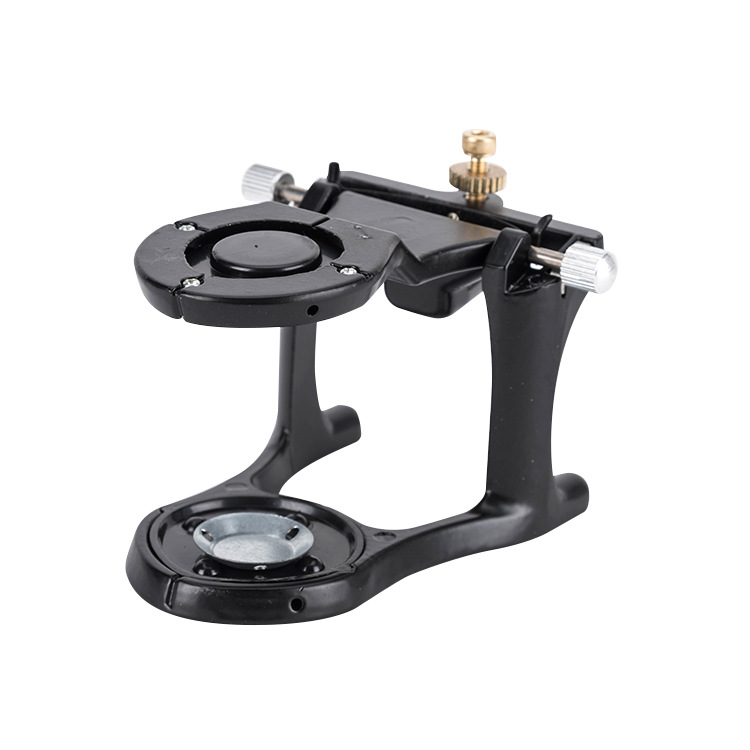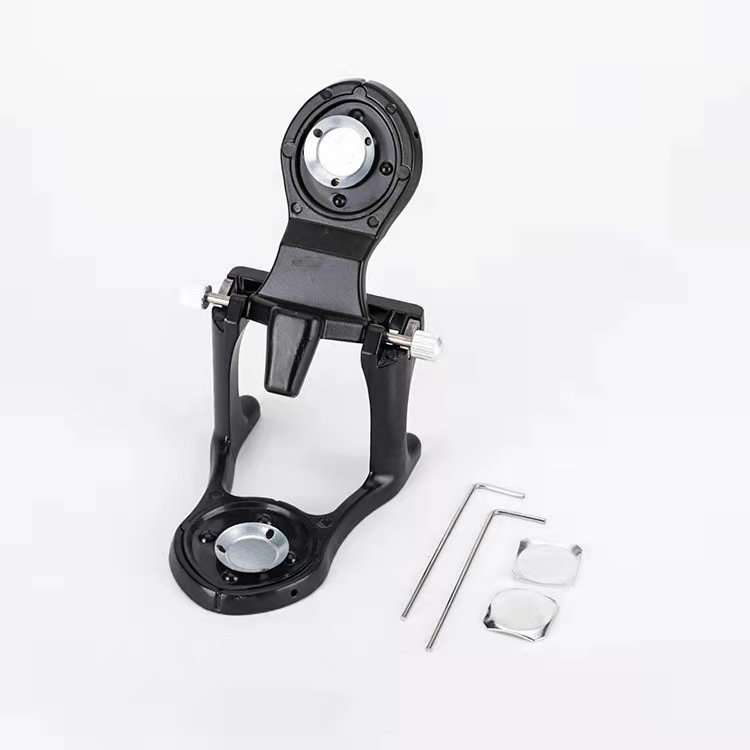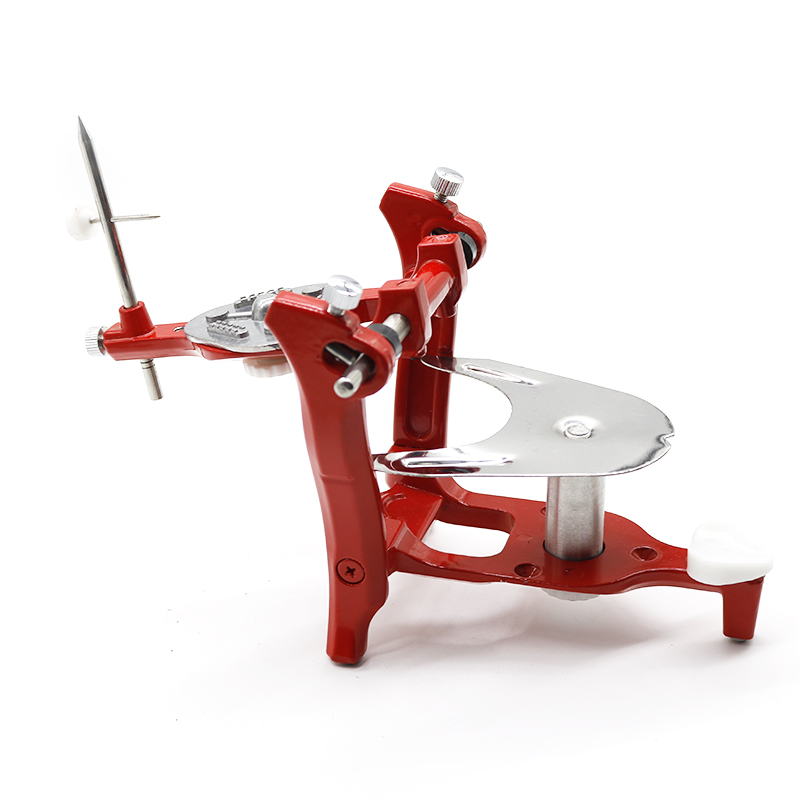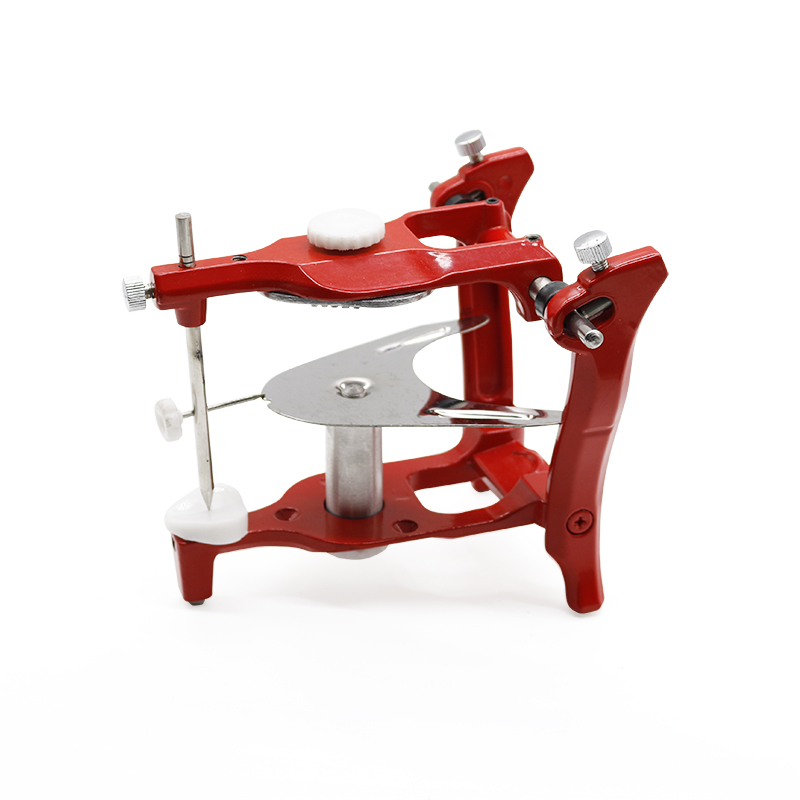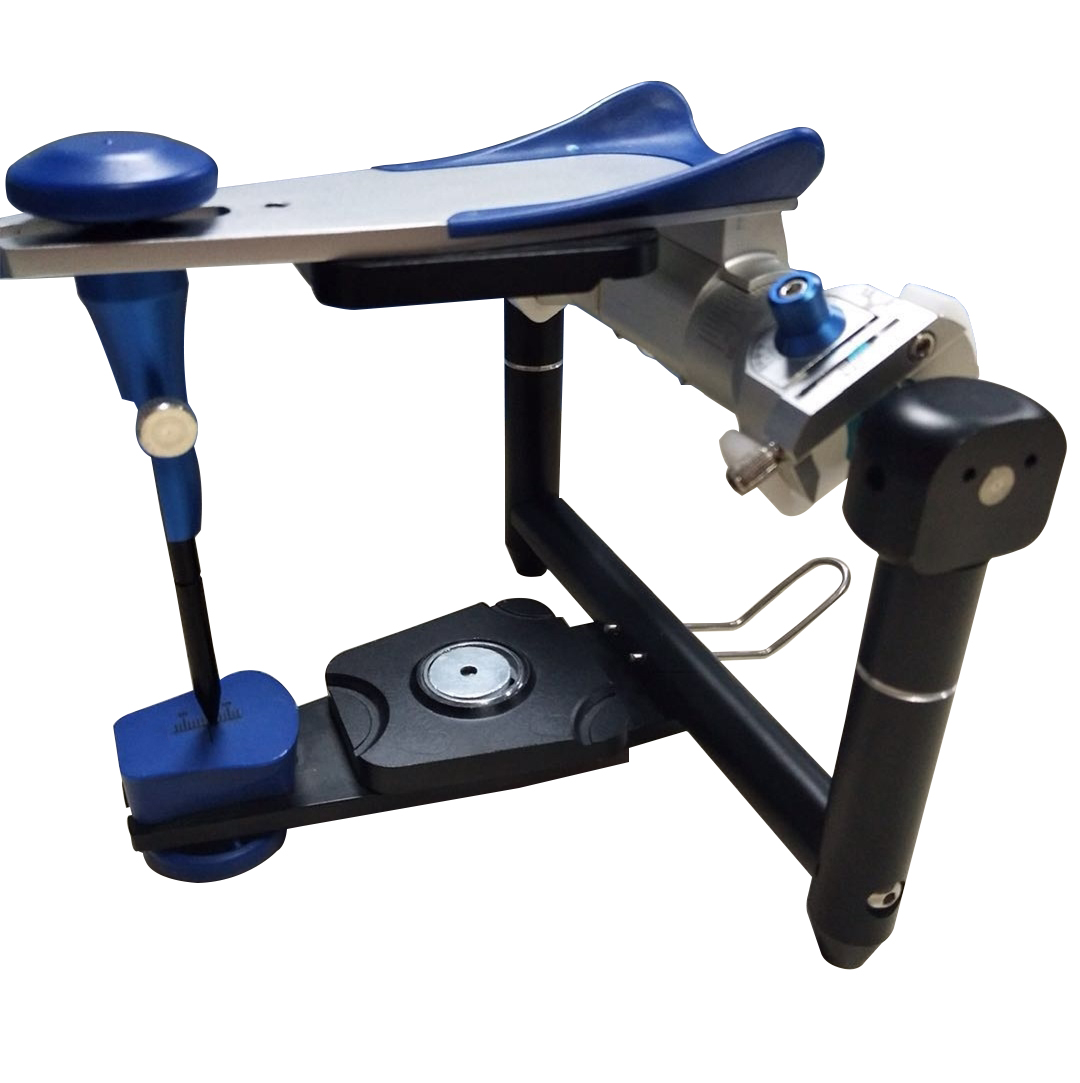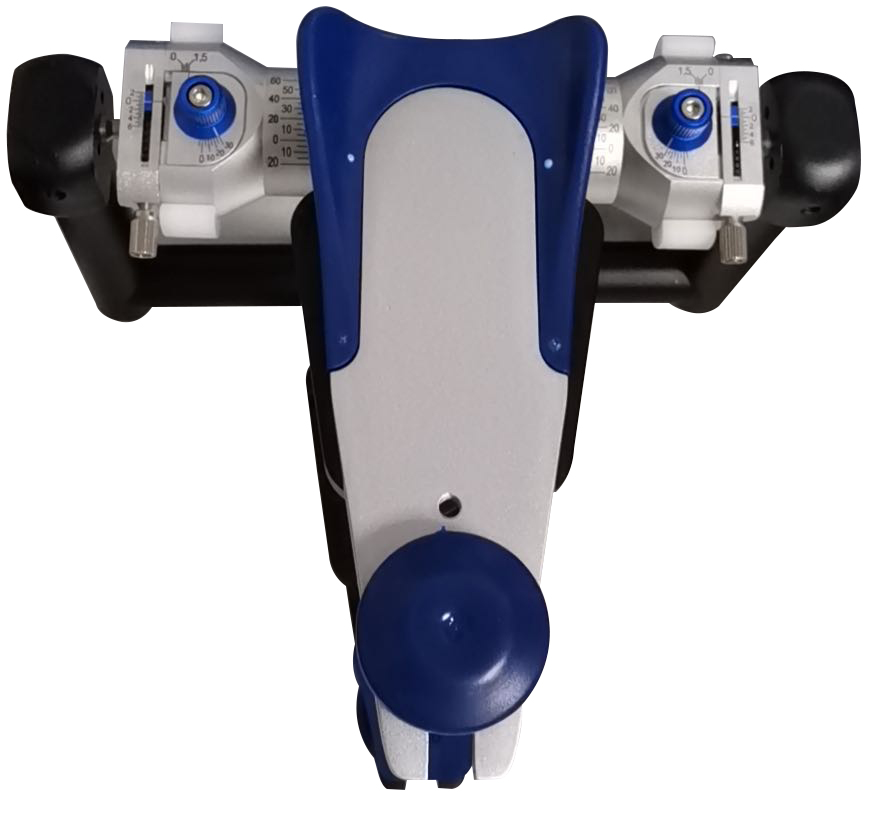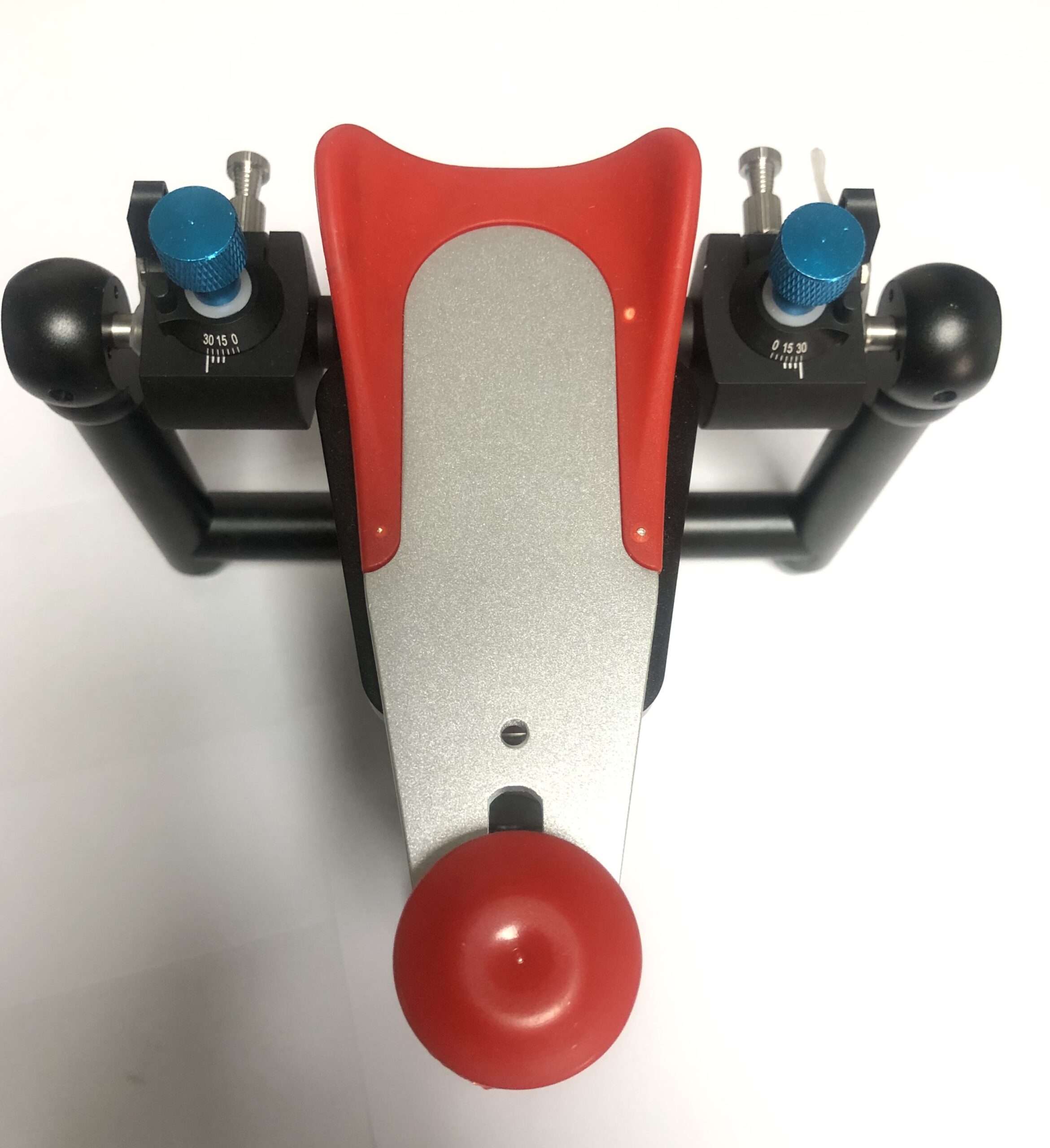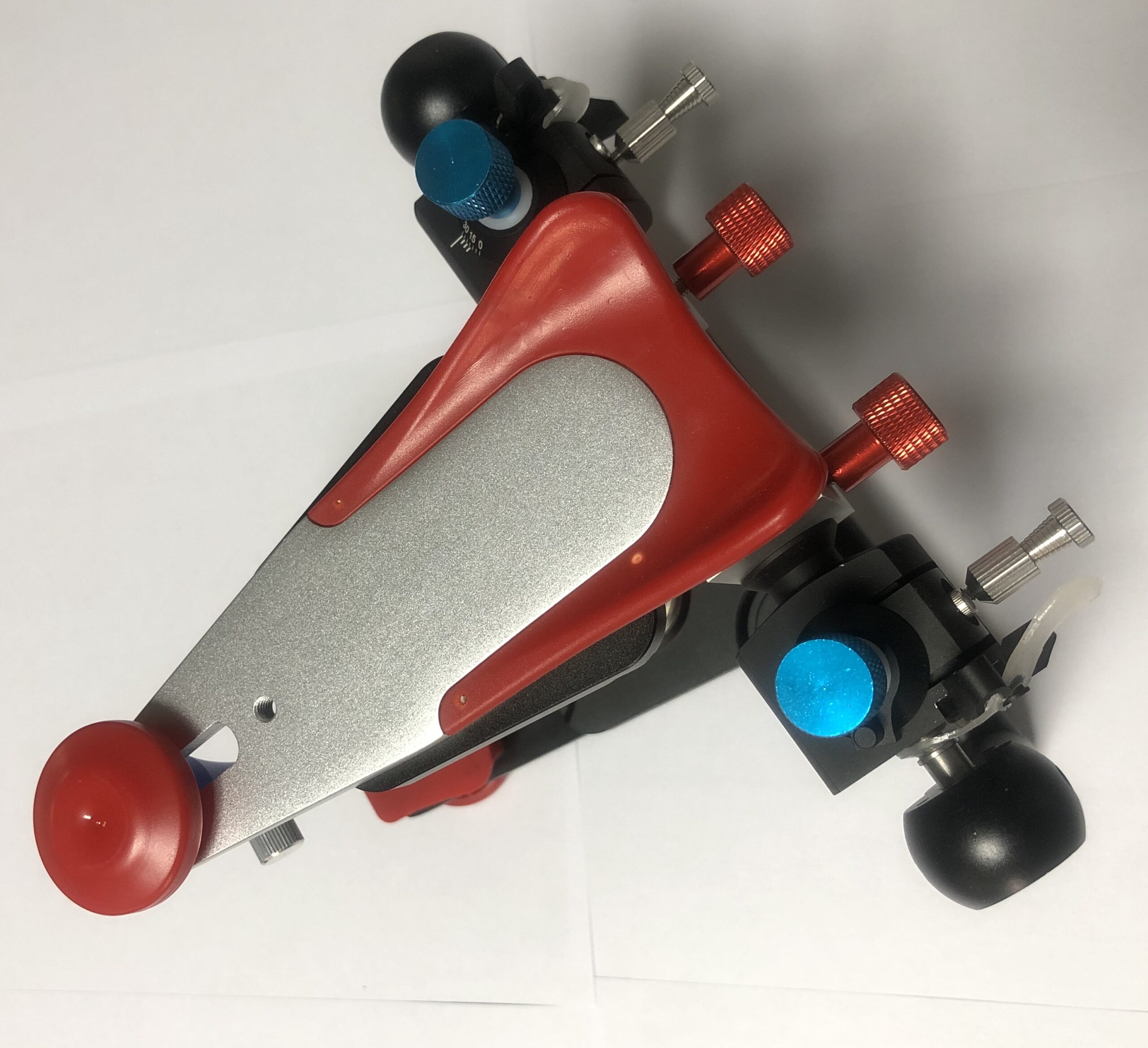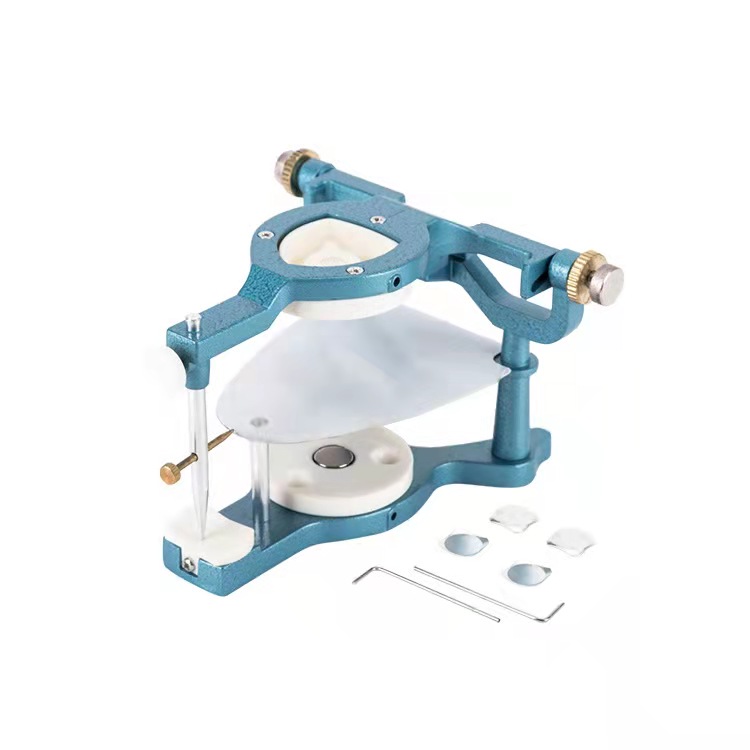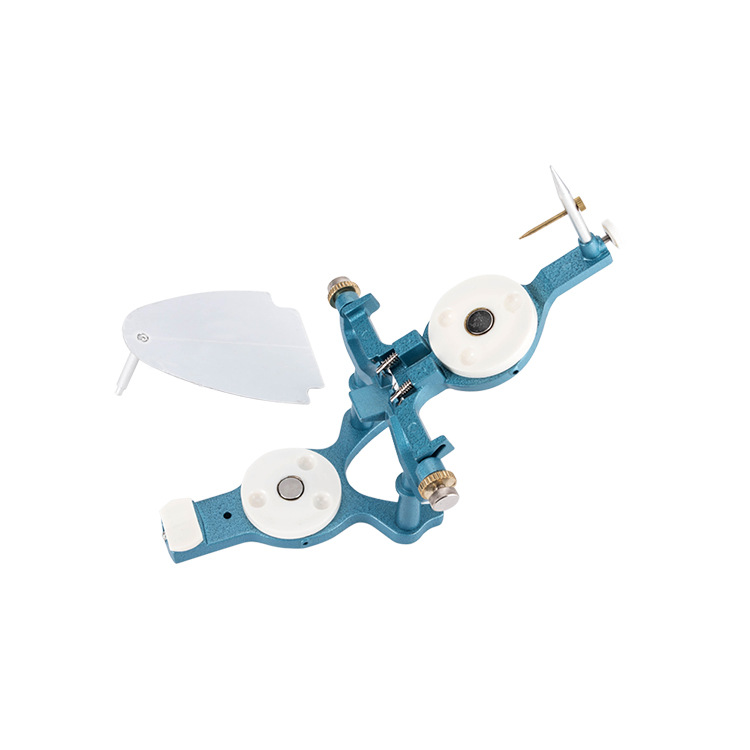Blog
Understanding Arcon Dental Articulators: Types and Applications in Modern Dentistry

What is Arcon Dental Articulator?
An Arcon Dental Articulator is a type of dental instrument used in dentistry for diagnosing, planning, and treating dental problems. It is a type of dental articulator designed to mimic the movements of the human mandible, allowing dentists to study the movement and function of the patient’s jaw.
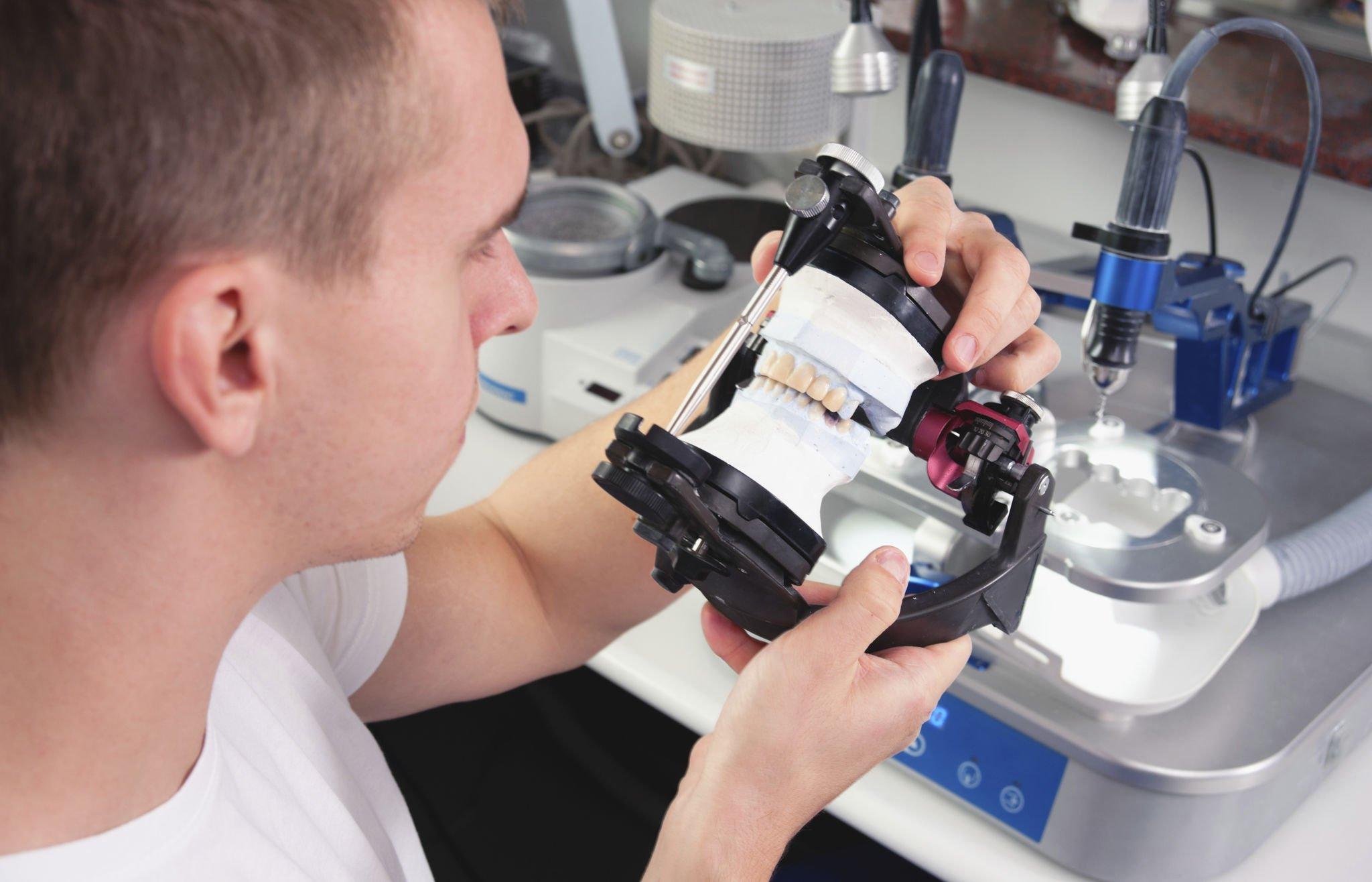
The term “Arcon” refers to the fact that the articulator’s condylar ball-and-socket joint is located in the upper (maxillary) member of the instrument rather than in the lower (mandibular) member.
It is in contrast to non-Arcon articulators, where the joint is located in the lower member.
Arcon dental articulators are often used for more complex dental treatments, such as full-mouth rehabilitation and occlusal analysis.
They provide a more accurate representation of the patient’s natural jaw movements. They are also used in fabricating dental restorations such as dentures, bridges, and crowns, as they allow dentists to create more comfortable and functional restorations for the patient.
Overall, the Arcon dental articulator is an essential tool in modern dentistry that helps dentists provide high-quality dental care to their patients.
Types of Arcon Dental Articulators
There are several types of Arcon Dental Articulators available in the market. Some of the most common types are:
Adjustable Arcon Articulator
Adjustable Dental Articulator
An adjustable Arcon dental articulator is a more advanced type of dental instrument used in dentistry. It allows for various adjustments to be made to achieve a more precise and accurate representation of the patient’s jaw movements. These adjustments can be made in three dimensions of space, including the condylar inclination, intercondylar distance, and lateral movements.
Adjustable Arcon dental articulators are particularly useful for more complex dental treatments, such as full-mouth rehabilitation and occlusal analysis. They enable dentists to create precise and accurate dental restorations, such as dentures, bridges, and crowns, that are more comfortable and functional for the patient.
Anatomic Dental Articulator
An adjustable Arcon dental articulator is a more advanced type of dental instrument used in dentistry. It allows for various adjustments to be made to achieve a more precise and accurate representation of the patient’s jaw movements. These adjustments can be made in three dimensions of space, including the condylar inclination, intercondylar distance, and lateral movements.
Adjustable Arcon dental articulators are particularly useful for more complex dental treatments, such as full-mouth rehabilitation and occlusal analysis. They enable dentists to create precise and accurate dental restorations, such as dentures, bridges, and crowns, that are more comfortable and functional for the patient.
Fully Adjustable Articulator
Fully Adjustable Articulator
A fully adjustable articulator is an advanced type of dental instrument that is designed to provide the highest degree of adjustability and accuracy in dental restorations. It allows dentists to simulate the precise movements of the patient’s jaw during various functional activities such as chewing and speaking.
A fully adjustable articulator is designed to be adjustable in all three dimensions of space: the condylar inclination, intercondylar distance, and lateral movements. This means that it provides the most accurate representation of the patient’s jaw movements, which results in more precise and functional dental restorations.
Semi Adjustable Dental Articulator
Semi Adjustable Dental Articulator
A semi-adjustable dental articulator is a type of dental instrument that allows for some degree of adjustability in dental restorations. It is a less complex version of a fully adjustable articulator and is designed to provide a good balance between adjustability and ease of use.
A semi-adjustable dental articulator typically has a fixed intercondylar distance, but allows for the condylar inclination and lateral movements to be adjusted. This means that it provides a good approximation of the patient’s jaw movements, but is not as precise as a fully adjustable articulator.
Magnetic Dental Articulator
A magnetic dental articulator is a type of dental instrument that uses magnetic force to hold the upper and lower members of the articulator in place. This is in contrast to traditional articulators that use mechanical or hinge systems to hold the members in place.
The magnetic dental articulator is designed to provide greater stability and accuracy in dental restorations. The magnetic force holds the members in place firmly, reducing the risk of movement during adjustments. This allows for more accurate and precise dental restorations, resulting in improved patient comfort and function.
Conclusion
In conclusion, dental articulators are essential tools in modern dentistry that help dental practitioners diagnose and treat occlusal problems, evaluate dental restorations, and create more accurate and precise dental prosthetics. There are four main types of dental articulators: fully adjustable, semi-adjustable, anatomic, and magnetic.
Fully adjustable articulators provide the highest level of adjustability and are used in complex dental cases that require a high degree of precision and accuracy. Semi-adjustable articulators offer a good balance between adjustability and ease of use and are commonly used in routine dental cases. Anatomic articulators are designed to replicate the natural movements of the mandible and are particularly useful in prosthodontics. Magnetic articulators provide greater stability and accuracy and are particularly useful in complex dental cases.
Each type of dental articulator has its own advantages and disadvantages and should be selected based on the complexity of the case and the individual needs of the dental practitioner.
Overall, dental articulators are important tools in modern dentistry that have revolutionized the field of dentistry. They provide a way for dental practitioners to accurately diagnose and treat occlusal problems, evaluate dental restorations, and create more accurate and precise dental prosthetics. The use of dental articulators has greatly improved the quality of care for dental patients and has led to better patient outcomes.

